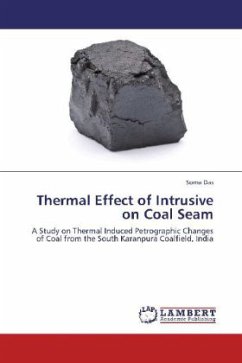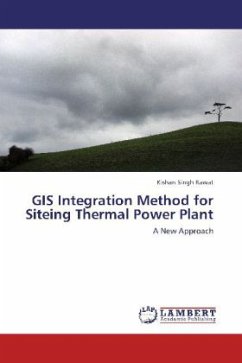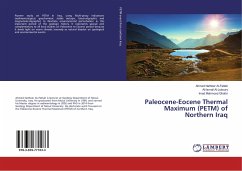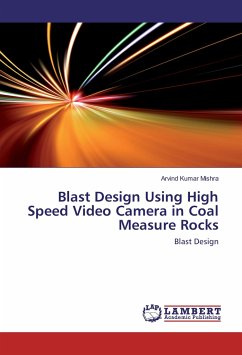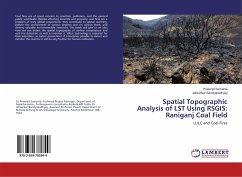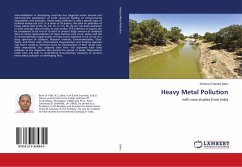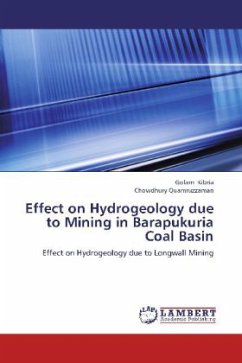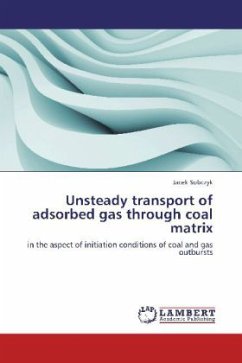Intrusive bodies have a thermal effect on Permian coals resulting in partial or complete combustion vis-à-vis chemical alteration. Lack of appropriate knowledge regarding the extent and nature of thermal alteration had led to a loss of better ranking coals. This study evaluates the coking propensity of coal due to induced heat effect and attainment of maturity of coal effective for use in Metallurgical Industries. This work focuses on the Northern surface of Urimari Sector located in the Northwestern part of South Karanpura Coalfield, Jharkhand, India. Samples have been collected from the floor to the lower limit of the Upper sill. Chemical and petrographical analysis of these samples has revealed distinct variations in different petrographic parameters with respect to their distance from sill bodies. It is deciphered that the thermal effect is more intense of the upper section of the sill bodies than that lying below the Lower Sill. Coal in the upper section, with perceptible zone of alteration, attained the maximum maturity with enhancement of rank and can be considered as Coking Coal which is beneficial to the metallurgical industry.
Bitte wählen Sie Ihr Anliegen aus.
Rechnungen
Retourenschein anfordern
Bestellstatus
Storno

